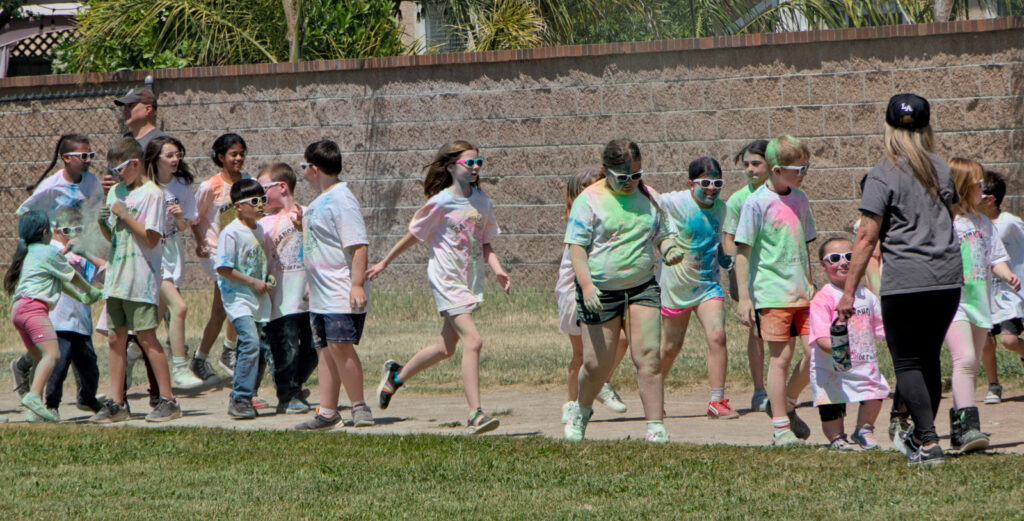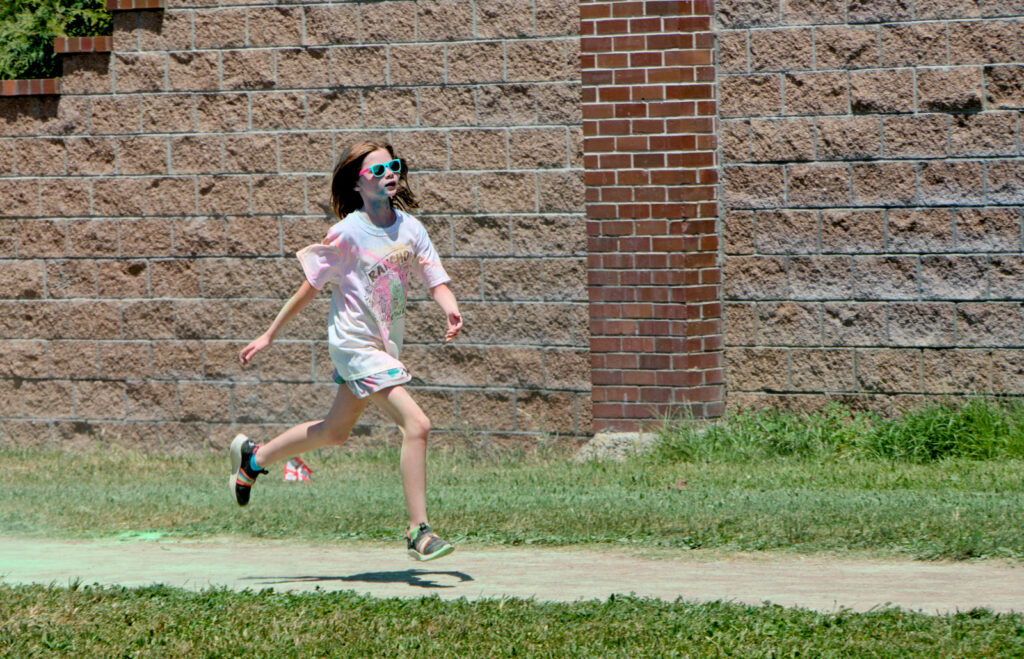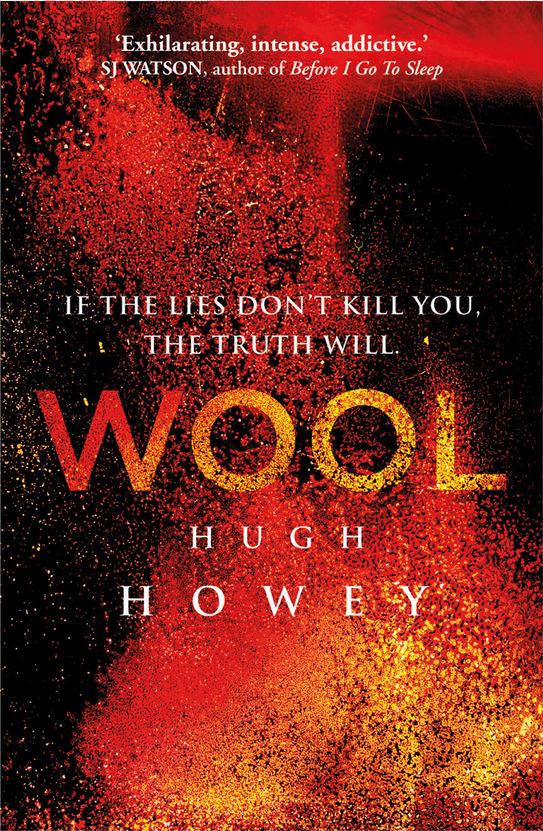
Wool by Hugh Howey
I’ve read this a couple times before, but wanted something easy to read and familiar while Jess was in the hospital.
What if you’re entire world were a massive silo buried in the earth? Why can’t you go outside? How long has humanity lived this way?
The Strange Last Voyage of Donald Crowhurst by Nicholas Tomalin and Ron Hall
A tragic, but fascinating, true story. A contest to see who could be the first person to single-handedly sail around the world without stopping. A man who dreams to make his mark on history. The reality of his under-prepared journey on an untested vessel. His ultimate demise.
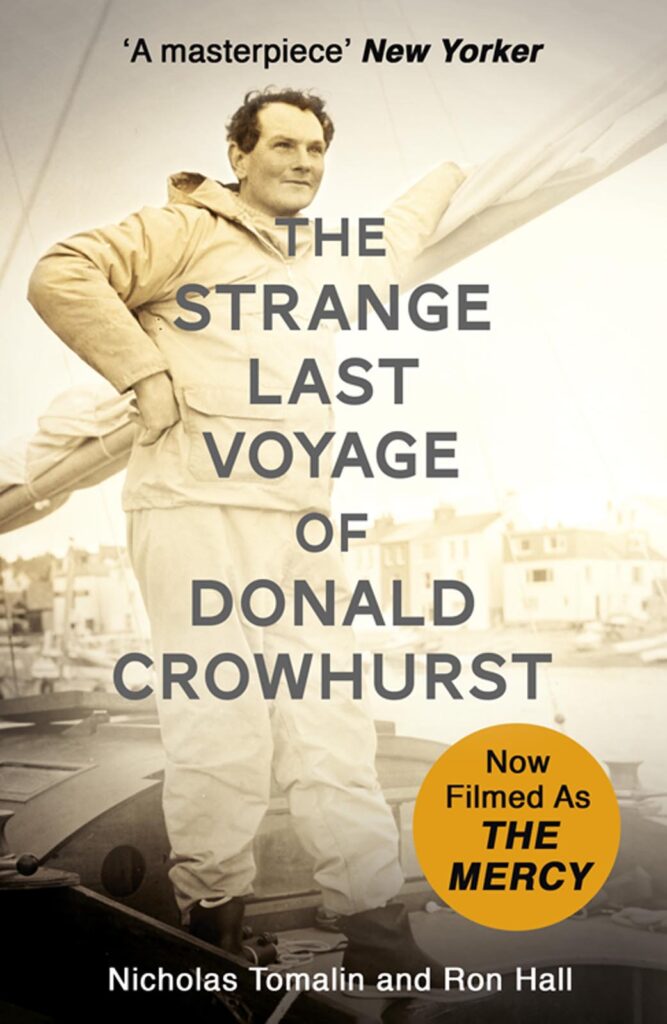
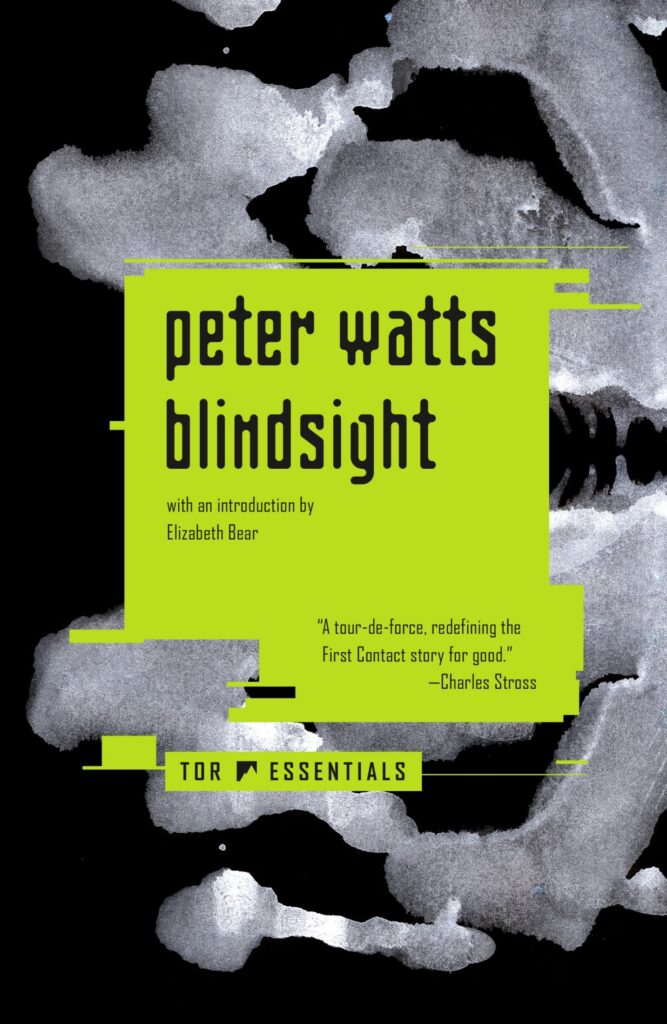
Blindsight by Peter Watts
I feel pretty certain I didn’t “get” this book. It’s an odd one.
Okay, so vampires are real, and there are solid biological explanations behind their mythology. They went extinct, but scientists recovered their DNA and brought them back. That’s just a given and entirely secondary to the actual story though, which is about scientists detecting an anomaly at the edges of the solar system and sending a team out to investigate. First contact…..with….something. It doesn’t go well.
The Mercy of Gods by James S. A. Corey
I’m excited for another series from the authors of The Expanse. Somewhat interesting to read back-to-back with Blindsight as many similar themes are explored.
A scattered fragment of humanity has their planet subjugated almost offhandedly by an expanding galactic empire.
You get thrown into the deep end and it took a bit for me to get my feet under me in the universe they created, but I enjoyed it and am looking forward to the next installment.
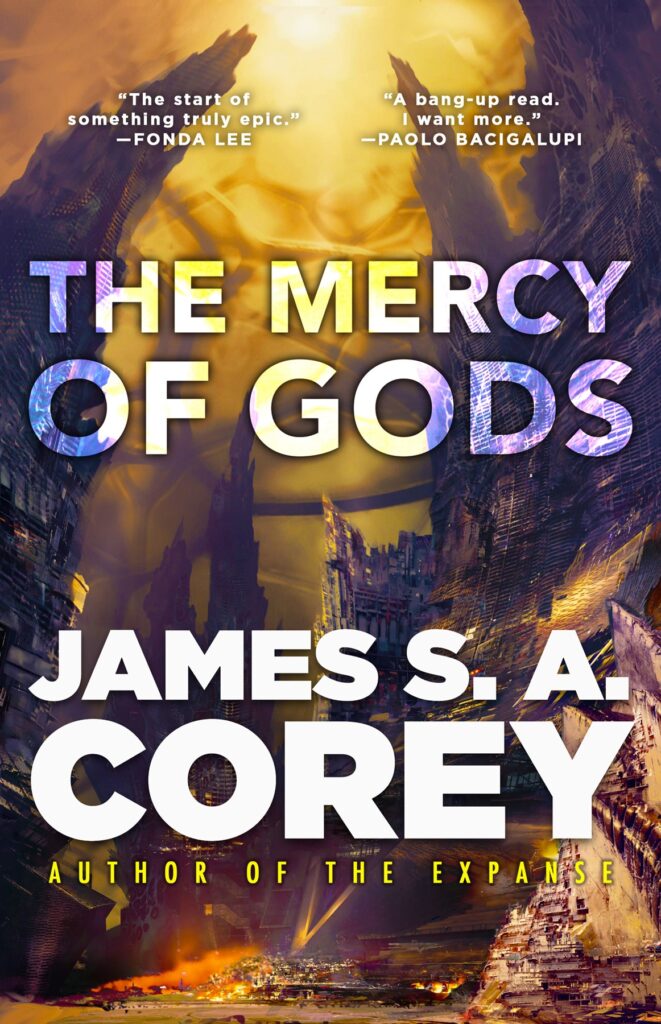

The Weather Machine: A Journey Inside the Forecast by Andrew Blum
This was my pick for my book group at work. It was interesting, but I was hoping for a little more meat.
Interesting to read about how long ago scientists were dreaming of a day that they’d be able to use physics modeling to calculate what would happen in the atmosphere to generate forecasts. And now multiple teams around the world operate supercomputers doing exactly that.
